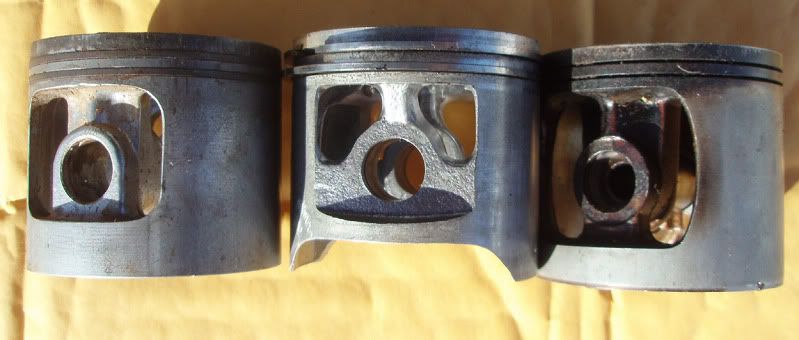Homelitesuperxl
ArboristSite Lurker
I recently picked up an Extremely nice Husqvarna 2100CD and was wondering about these Thin Rings I've read so much about. Was this an Option for these 2100's or did they just randomly put Thin Rings in Some and Thick in others and how did anyone know what they were getting when they bought the Saws New. I read in another thread that the Thick rings were 1.5 mm and Thin were .7mm
I pulled the Exhaust and mine certainly didn't look like they were 1.5 mm thick, but not sure. Does anyone have a Really clear picture of a Thick ring Piston and a Thin Ring Piston side by side, so I can see the difference. I'm just really curious about this. Thank you
I pulled the Exhaust and mine certainly didn't look like they were 1.5 mm thick, but not sure. Does anyone have a Really clear picture of a Thick ring Piston and a Thin Ring Piston side by side, so I can see the difference. I'm just really curious about this. Thank you
Last edited:






